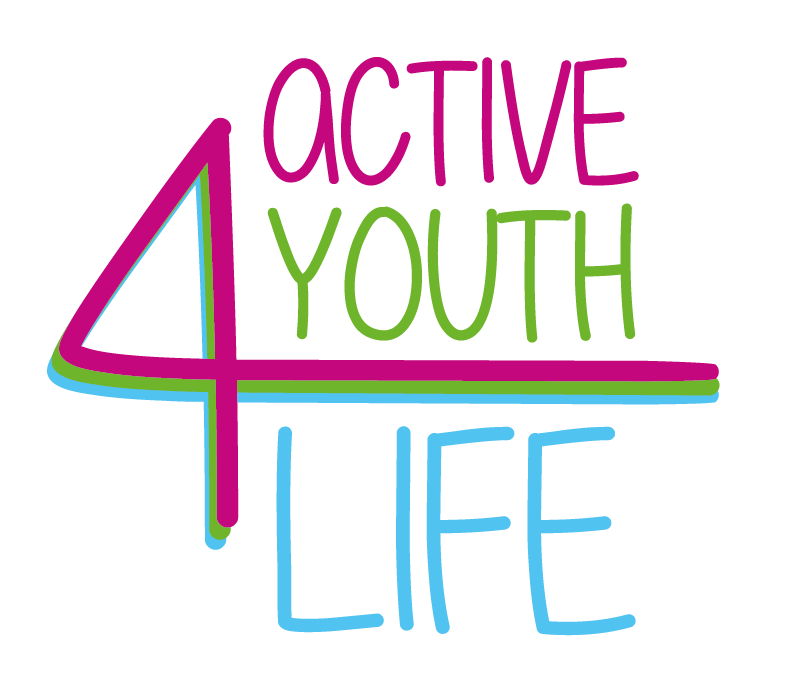With what Europe throws away, half the planet would eat

New research shows that Europe’s food consumption relies unnecessarily on global resources, and this is why researchers call for political action. Much of the food consumed in Europe is produced in countries outside Europe, which we end up throwing half of it away in
the trash…
The loss and waste of food that occurs along the food supply chain is truly appalling. And it involves everything from the primary agricultural sector in Europe or the rest of the world to the home of every European.
‘Halving food loss and waste in Europe, together with a redistribution of global food resources, could solve the challenges of global food shortages’; This is according to Marianne Thomsen, leader of this research and professor of sustainable food systems at the Department of Food Science at the University of Copenhagen (UCPH FOOD).
Therefore, countries should invest in solutions to reduce food loss and waste. And they need to do so at all stages of the food supply chain. This is Marianne Thomsen’s proposal.
Halving food loss and waste in Europe’s food supply chains is equivalent to saving 8% of the greenhouse gas emissions caused by Europeans’ food consumption.
But there is also a relative saving of 6% of agricultural land. And 6% of pasture land. Which together equates to 12% of agricultural land. Given that grazing areas are used for livestock farming. In addition, there are savings of 7% in water consumption and 14% in embodied
energy in food production for the citizens of Europe.
Marianne Thomsen points out that monitoring and reporting food loss and waste by all actors in the food supply chain is an important policy instrument.
‘Such an instrument, supported by other measures, can be a powerful incentive. In this way, companies and the rest of society could invest time and money in new technologies. And in systems that prevent food loss and waste. Thus, closing the loop on the entire food supply.
And with the goal of a circular economy, both locally and globally. With what Europe is throwing away, half the world would eat while starving.
Europe’s greenhouse gas emissions inventories are inaccurate. Because they only take into account what each country emits from food production that takes place within its own geographical borders.
The new calculations apply a consumption-based accounting approach. This includes the ecological and climate footprint of locally produced food. And also, that of imports from European countries. Excluding domestically produced food exported to other countries.
In their calculations, the researchers assumed that food loss and waste is reduced through prevention and by reducing production and supply of food to meet European food consumption.
‘Reducing food loss and waste caused by food consumption in Europe by 50% requires political intervention. And also, to adapt to national circumstances and to specific regional and local challenges.’ This is what Marianne Thomsen says.
The calculations show that there are large regional differences that determine the most effective type of intervention. That said, Western Europeans show the greatest potential for footprint savings, especially France, Germany, Belgium and the Netherlands. But those
nations with lower gross domestic product, such as Greece, Croatia, Bulgaria and Romania, also have great potential for preventing food waste.
The sector with the greatest potential for reducing its climate footprint is undoubtedly the agricultural sector, while the greatest potential for energy savings lies in the services sector. This includes canteens, hotels, restaurants, etc. Europe throws half of its food in the trash…
In an international context, ‘food waste’ occurs from the primary agricultural sector to the food processing industry and the wholesale sector. From the retail sector to the service sector and households, we refer to ‘food waste’.
The calculations are based on global food production and trade in 2018. By reducing food loss and waste resulting from food consumption in Europe by 50%, the following consumption-based footprint savings can be achieved:
51 million tonnes of CO2 equivalent (8%)
446 km² of agricultural land use (6%)
523 km² of pasture land use (6%)
600 million m3 of water savings (7%)
131 terawatt hours of energy savings (14%)
The numbers speak for themselves. But what we all have to do is to recognize that before a political action on the upper lever, it is we who are responsible at an individual level to make this change possible and make better the future of our children.
If you want to know how to change your mindset and adopt more sustainable and environmental friendly habits please visit ACTIVEYOUTH4Life project and especially “Module 3 – Necessary behavioural changes, cultural and human values, consumption habits and
lifestyles that contribute to sustainable development”
Source: https://www.in.gr/2023/12/07/world/ayta-pou-petaei-eyropi-tha-etroge-o-misos-planitis/
The European Commission’s support for the production of this website does not constitute an endorsement of the contents, which reflect the views only of the authors, and the Commission cannot be held responsible for any use which may be made of the information contained therein.
Project Number: 2021-1-ES02-KA220-YOU-000028702